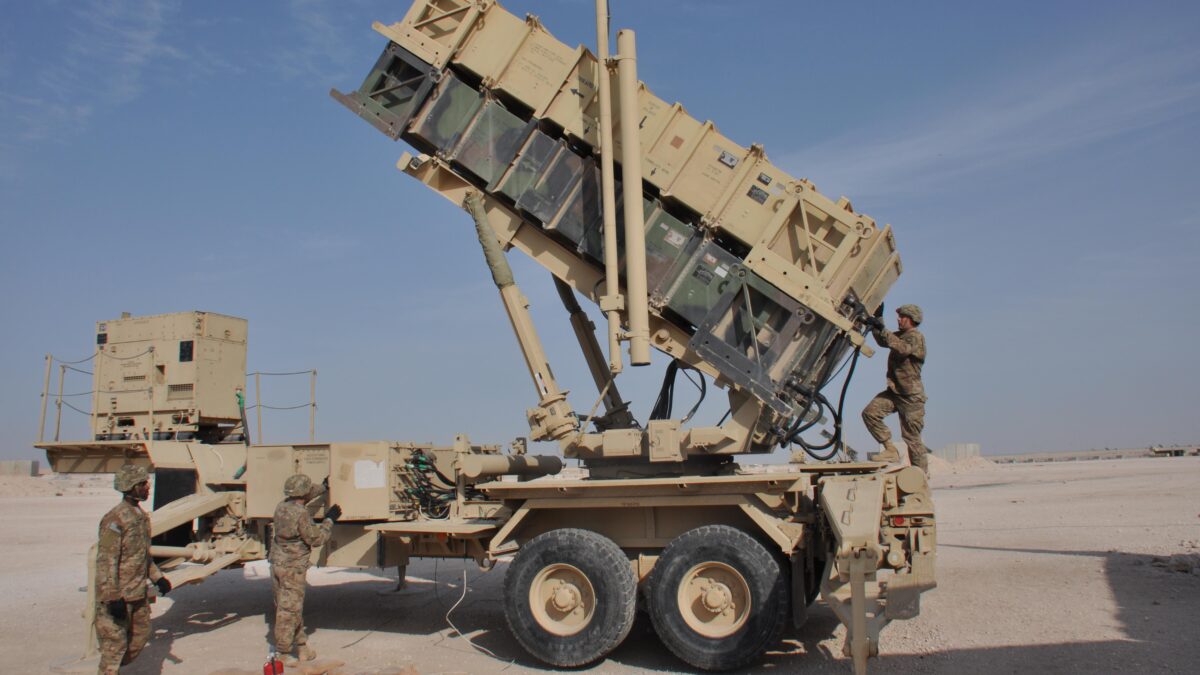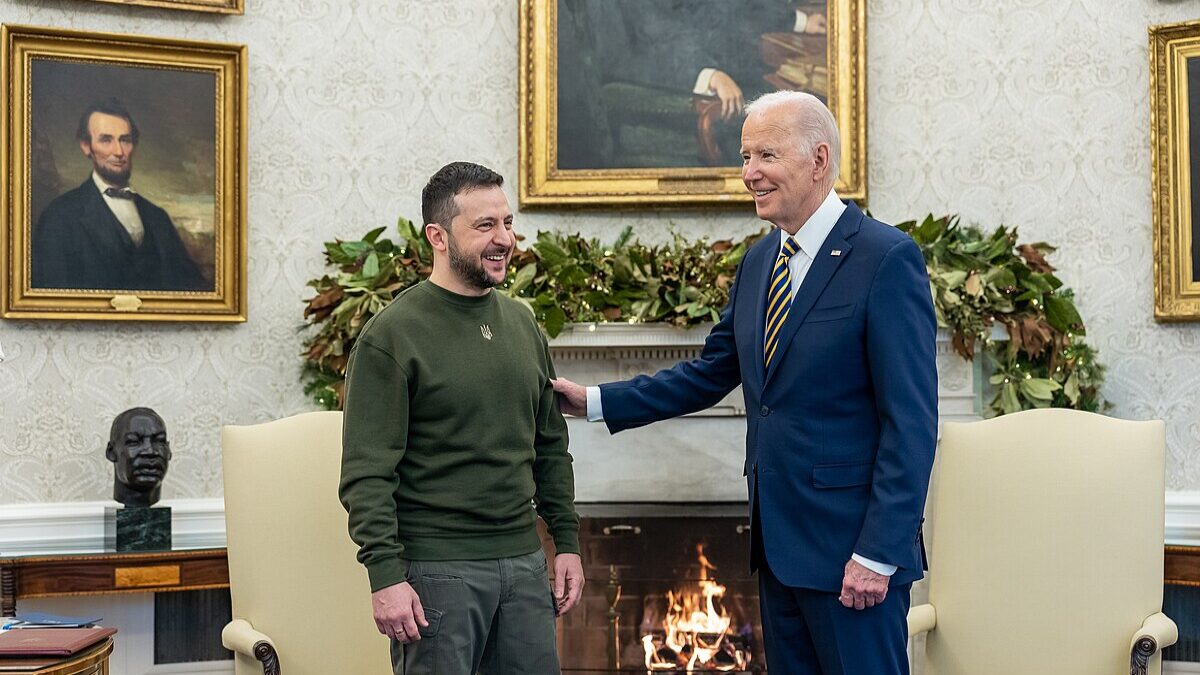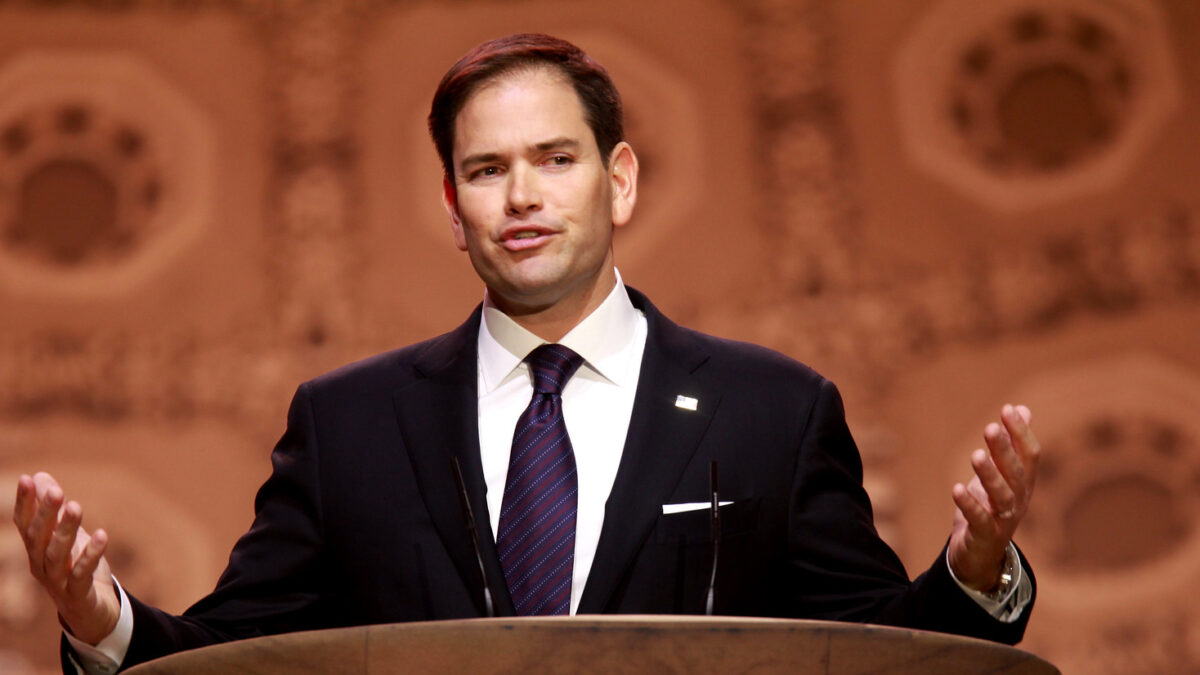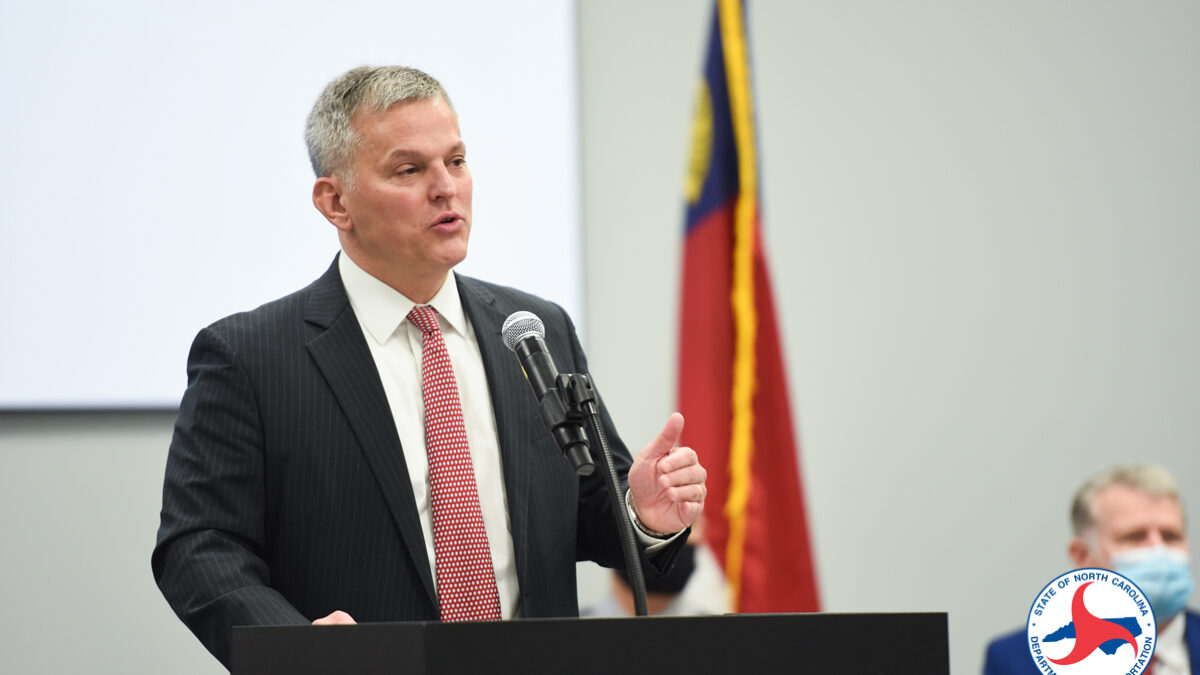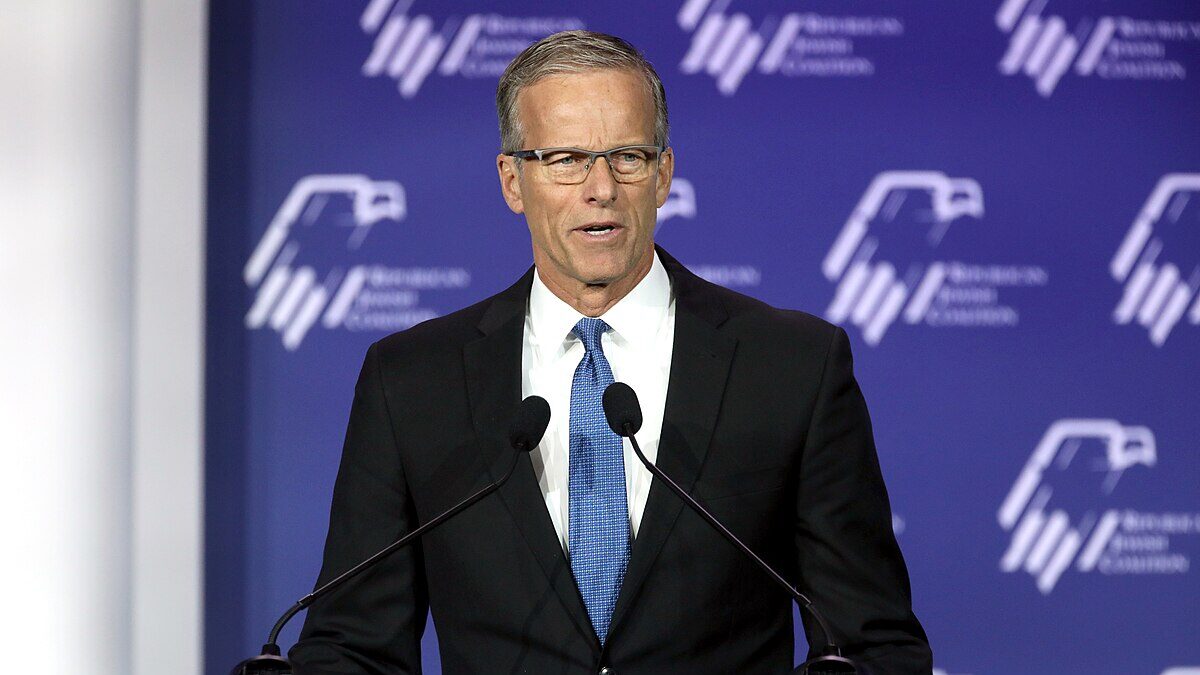
President Donald Trump’s critics have had no shortage of material to work with during his first months in office. But even as they concentrate on the chaos and palace intrigue going on in the West Wing, the Left is also seeking to establish the idea that Trump is mismanaging military affairs.
That was the conceit of a front-page article in the New York Times on Monday, in which Trump was depicted as being AWOL in the fight against ISIS. According to the Times’ sources, Trump has broken with the practice of his predecessors in which the National Security Council vets and debates each individual military strike against terrorists.
While both the president and the NSC are fully informed about what is going on, new National Security Advisor General H.R. McMaster believes the White House staff should be concentrating on strategy, and let the Pentagon directly control troops in the field. A closer look at the question shows this is one of the few instances where the new government has already made changes that are both smart and effective.
Why The Left Dislikes Trump’s Approach
The issue first came to the forefront last month, when some former Obama officials went out of their way to criticize the administration for the operation in Yemen that resulted in the first military fatality on Trump’s watch. In perhaps the first truly presidential moment of his administration, Trump highlighted fallen Navy SEAL William “Ryan” Owens during his State of the Union address to Congress, as his widow wept in the gallery.
But the Left painted the moment as a scandal. They claimed the applause obscured a bloody disaster that was Trump’s fault. According to a Washington Post Plum Line column by Paul Waldman, Trump’s attempt to portray the action as anything but a failure was dishonest. The method of approval used to send the SEALs into action revealed how irresponsible and shallow a commander-in-chief Trump has proved to be when compared to Obama.
Yet a closer look at the reports Waldman quotes shows that the Trump White House may be taking a saner approach to the war on Islamist terror than his predecessor. If the era of West Wing micromanaging of conflict is truly over, that is something we should applaud.
What Happened During The Yemen Strike
The indictment against Trump was as follows. Trump’s national security team received the recommendation of a strike against a village believed to be a stronghold of Al Qaeda in the Arabian Peninsula (AQAP). The point of the effort was to reassert American counter-terrorism capability in a country where it has declined precipitately over the last two years as a result of the Iranian-inspired Houthi uprising.
The Pentagon knew the operation carried grave risks. There was a good chance that U.S. forces would meet resistance, and civilian casualties were likely. But they thought the stakes were worth it. After being briefed by Defense Secretary James Mattis and his national security team, Trump gave the green light.
As it turned out, worries about the chances of resistance, as well as civilian casualties, were well-founded. The Americans and their Emirate comrades who were also in on the raid encountered heavy enemy fire. Many were wounded, and one SEAL (Owens) was killed. In the mayhem engendered by terrorist fighters shooting from homes where villagers lived, civilian casualties were numerous.
The AQAP leaders targeted by the SEALs were killed and some intelligence was obtained, though its value is a matter of dispute. The government of Yemen was forced to disassociate itself from the effort and, as with any battle that doesn’t go according to plan, there has been a lot of finger pointing about responsibility for a chaotic and not entirely successful operation.
Why Is Trump To Blame For The Operation?
According to Obama administration officials speaking to the Washington Post, Trump is to blame because neither he nor his staff deliberated over the green light for as long as their predecessors would have done. The final meeting about the raid by a sub-Cabinet level group of officials took only 25-40 minutes. That, we were told, was too short a period for proper evaluation of the problems involved. Trump’s decision to okay the effort, which predated that final gathering, was also relatively brief. Thus, Trump’s critics argue that the new administration’s approach is slipshod and hasty.
But the fact that the raid encountered problems isn’t the fault of the White House process. Even the most brilliant military plans never survive contact with the enemy, and casualties are a given any time troops are sent in harm’s way.
Moreover, we know that lengthy deliberations of the sort that the Obama White House favored are not synonymous with success since there were numerous such complicated outcomes for the operations it approved. Even the killing of Osama bin Laden was a near-run thing that included serious mishaps that might have led to disaster.
Obama’s Approach Was Similar To Lyndon B. Johnson’s
As the Times reported this week, the White House devoted even less time to considering the deployment of over 400 troops, including a Marine artillery battery and a team of Army Rangers, to northern Syria. Under Obama, that could only have happened after an agonizing White House review process that would have caused extensive delays. As one source revealed, at the end of Obama’s time in office, something as minor as the move of three helicopters from Iraq to Syria required an extended debate that involved cabinet secretaries as well as the NSC staff.
Civilian control of the military is an imperative. But the Obama methods seem strangely reminiscent of the Lyndon Johnson administration’s approach to fighting the War in Vietnam. As was the case a half century later under Obama, LBJ’s advisors took direct control of picking bombing targets in North Vietnam. They minutely calibrated the amount of damage U.S. forces might inflict from a diplomatic and political perspective—not per military considerations that might lead to victory. The result was an ill-considered campaign that ultimately helped the enemy prevail.
Comparisons are always inexact, but it is not unfair to argue that restraints placed on the U.S. military by White House micromanaging have not exactly been a blueprint for victory against ISIS or AQAP. Three years after vowing to defeat ISIS, Obama handed off a shooting war that had was nowhere near to being won to Trump.
Don’t Condemn Trump’s Military Moves Yet
There’s no guarantee Trump will ultimately do better. But if his national security team doesn’t plan on second guessing or hindering the military from fighting terrorists unless everything is perfect, that may not be a terrible idea. The notion of using the NSC to set strategy, and the military to fight the war, makes sense.
So does restoring some balance to the relationship between the Pentagon and the White House. Trump’s willingness to listen to his chief advisers’ counsel and then act decisively seems to be exactly what we want from a commander-in-chief, provided he is also ready to take responsibility if things go awry.
Owens’ death was a tragedy. But the notion that Trump was uniquely at fault in his death—any more than the many SEALs and other U.S. personnel who died on Obama’s watch are his fault—doesn’t stand up to scrutiny. Trump’s White House has been something of a circus in its first weeks, but the approval given to the Yemen raid and to more recent moves in Syria is not proof of his unfitness to command.
Instead, it might be evidence that, at least with respect to the military, he may be more suited to the office than many of us thought.


